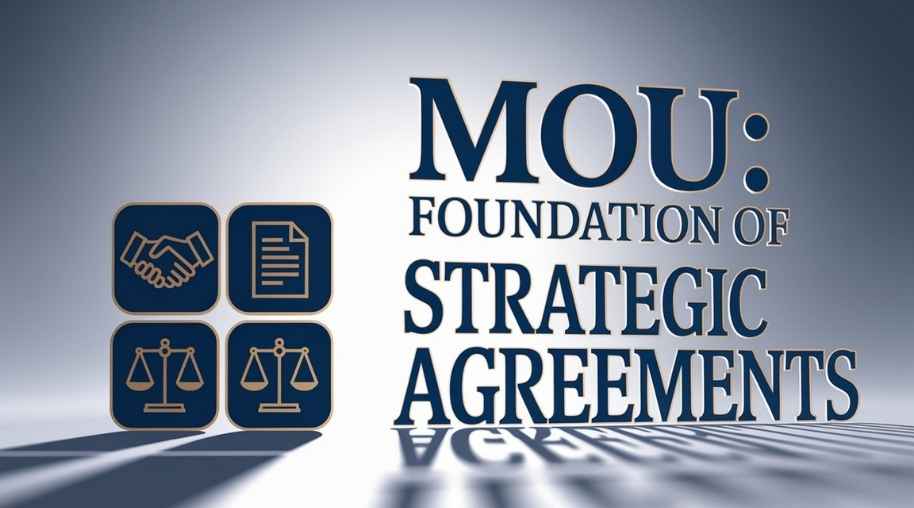MoU Full Form-Memorandum of Understanding
by Shashi Gaherwar
0 2043
Memorandum of Understanding (MoU): Definition, Importance, and Legal Implications
A Memorandum of Understanding (MoU) is a formal, typically non-binding document that outlines mutual agreements between parties, setting the stage for negotiations and collaboration before a legally binding contract.

This article explores the definition, components, significance, and legal implications of MoUs across various sectors.
What is a Memorandum of Understanding (MoU)?
An MoU is a preliminary agreement detailing responsibilities, expectations, and objectives between two or more parties. Though often non-binding, it fosters clarity in partnerships and is used in business, government, and international relations.
Key Components of an MoU
An effective MoU includes:
- Purpose and Scope: Defines collaboration objectives.
- Roles and Responsibilities: Clarifies each party’s obligations.
- Duration and Termination: Specifies validity and termination conditions.
- Confidentiality: Protects sensitive information.
- Financial Terms: Outlines funding or expense responsibilities.
- Dispute Resolution: Provides conflict resolution mechanisms.
- Signatures: Confirms agreement via authorized signatures.
Why Are MoUs Important?
MoUs are vital for:
- Common Understanding: Clarifies roles to avoid misunderstandings.
- Negotiation Framework: Guides formal contract drafting.
- Reduced Risks: Minimizes disputes with clear terms.
- Commitment: Signals trust and cooperation.
Legal Implications of an MoU
Legal aspects include:
- Enforceability: Typically non-binding, but clauses like confidentiality may be enforceable.
- Binding Provisions: Specific clauses may create legal obligations.
- Jurisdictional Variations: Legal status varies by region.
Common Uses of MoUs in Different Sectors
MoUs are used in:
- Business: For mergers, partnerships, and supply agreements.
- Government: For infrastructure and trade collaborations.
- International Relations: For diplomatic and economic partnerships.
- Research/Education: For academic and technology collaborations.
Challenges and Risks of MoUs
Challenges include:
- Ambiguity: Vague terms lead to disputes.
- Non-Binding Nature: Lack of enforceability risks non-compliance.
- Good Faith Reliance: Success depends on mutual trust.
Conclusion
A Memorandum of Understanding is a critical tool for aligning parties in business, government, and international collaborations. Though often non-binding, it fosters trust and clarity, paving the way for formal agreements. Understanding its components and legal implications ensures effective use for successful partnerships.
Further Learning Resources
If you’re passionate about building a successful blogging website, check out this helpful guide at Coding Tag – How to Start a Successful Blog. It offers practical steps and expert tips to kickstart your blogging journey!
For dedicated UPSC exam preparation, we highly recommend visiting www.iasmania.com. It offers well-structured resources, current affairs, and subject-wise notes tailored specifically for aspirants. Start your journey today!

Share:








Comments
Waiting for your comments